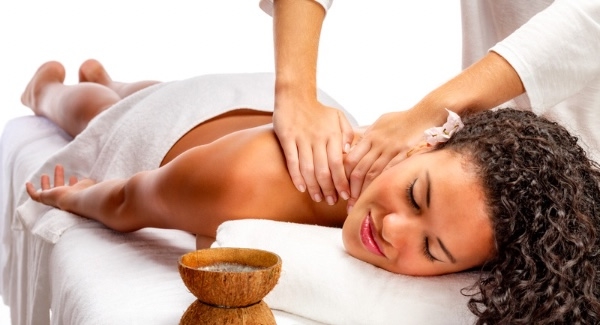Whether for business or pleasure, travel frequently compromises our mental and physical state. Long distances, strange surroundings, and disrupted routines can all show up as muscle tightness, tiredness, and an overall sense of illness. Although massage has clear therapeutic advantages, the cost can occasionally be a hindrance, particularly considering travel fees. Many people, meantime, might be missing a great source of information that would make massage treatment more easily available on their travels: their insurance policies or employer-sponsored wellness programs. For those especially on a Seoul business trip massage (서울출장안마), looking at these sometimes underused tools could help them more practically than first imagined. Emphasizing your well-being on the road, this article explores how you might look at and possibly use your insurance coverage or wellness programs to include massage into your travel plans in an affordable way.
Knowing Your Health Insurance Policies
Examining possible vacation massage coverage starts with closely reading your health insurance policy. Although ordinary health insurance is less likely to cover massage just for relaxation, coverage under particular conditions is possible. For example, your insurance may pay a part or even the whole cost of massage treatments if you have a medical condition, a recorded accident, or a specific sickness for which a registered healthcare practitioner prescribes. Review your policy documentation closely, noting areas on covered services, pre-authorization procedures, and any restrictions or exclusions. A key first step in this procedure is immediately contacting your insurance company to ask about reimbursement for massage treatment, especially if advised by a doctor.
Investigating Employer-Sponsored Health Programs
Many companies are realising the value of employee well-being in addition to conventional health insurance and are providing complete wellness programs. Though they differ greatly, these programs usually have advantages that might be used for massage therapy even when one is on business travel. Some businesses might provide flexible spending accounts (FSAs) or health spending accounts (HSAs), which let you utilise pre-tax money for qualified medical expenses—which might include massage should it be judged medically necessary and fit the plan. Other companies might have agreements with wellness companies or pay stipends for use towards massage treatments. Finding out the wellness advantages of your business and knowing the qualified expenses can help you to identify useful tools for include massage into your travel self-care program.
Getting Required Referrals and Documentation
Should your wellness program or insurance show possible coverage for massage treatment, you will probably have to get the required paperwork and referrals. Usually, this entails seeing your primary care physician or a specialist who may evaluate your situation and offer a written massage therapy prescription or referral. The medical necessity of the treatment and the suggested session count or duration should be very evident in the paperwork. Make sure the massage therapist you intend to visit is certified or licensed practitioner who satisfies any particular criteria stated by your wellness program or insurance.
Ultimately, giving your health first priority when on holiday does not always mean paying for massage treatment out of cash. Understanding your health insurance coverage, looking at employer-sponsored wellness benefits, gathering required documentation, negotiating out-of-network options, and even looking at travel insurance policies will help you find useful information that might make a Seoul business trip massage in any travel destination more financially feasible. Investing time to explore these paths and properly interact with all pertinent parties will enable you to include massage into your trip self-care schedule in a frugal way, thereby guaranteeing you arrive rested and perform your best, free from unnecessary financial burden.
